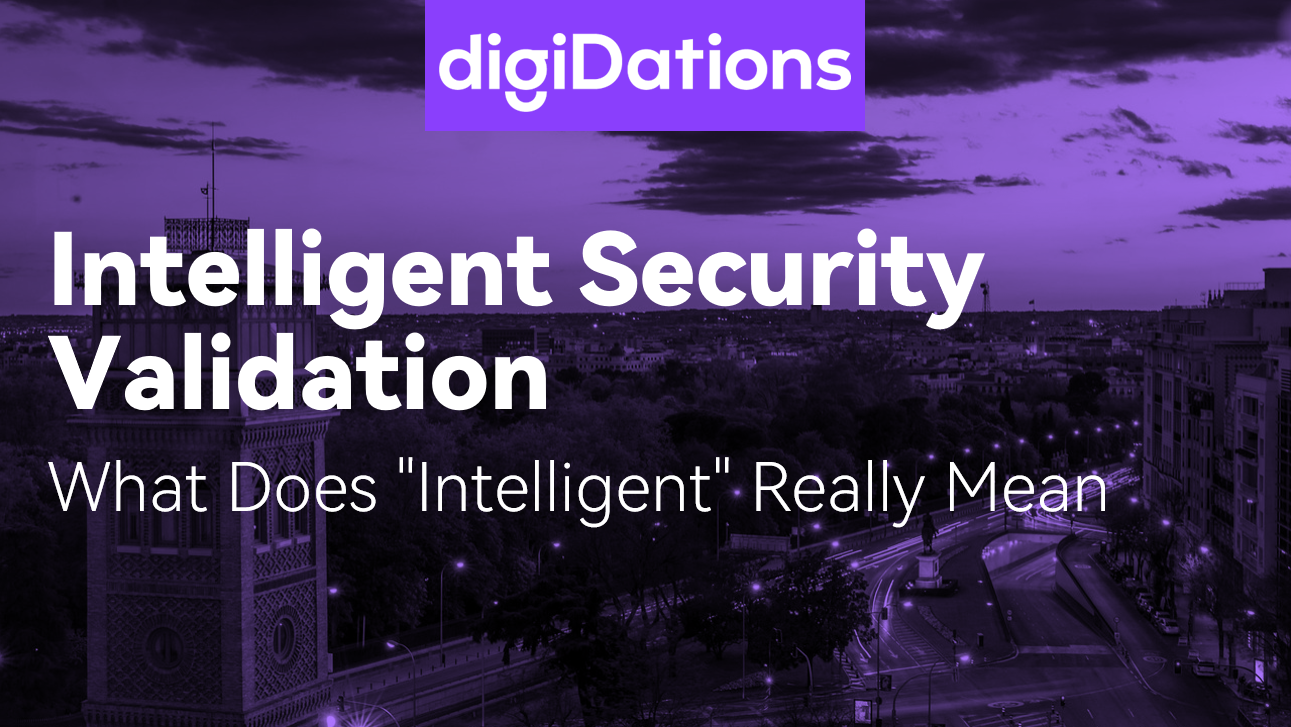In the cybersecurity industry, BAS is no longer a novel concept. Many teams have adopted it, with the good intention of continuously and automatically testing their defense systems to see what works and what doesn’t.
This is certainly a much more thoughtful approach than annual manual penetration tests. However, as everyone uses it more extensively, a new issue has emerged: the platform produces hundreds or even thousands of simulation results every day, with loads of red and green alerts. What then? Do all the red alerts require our immediate attention? And after addressing these red alerts, are we truly secure?
We’ve found that if a platform can only simulate attacks but doesn’t guide what to do next, it easily falls into a pattern of simulating just for the sake of simulation. Teams invest time running tests, only to end up with a mass of data noise that cannot be directly used for decision-making.
This brings us to today’s topic: What exactly makes a truly intelligent and effective security validation platform truly “intelligent”?
In our view, genuine intelligence manifests in two key areas: Intelligence-Driven and AI-Powered Analytics.
Its Attack Playbooks Must Be Intelligence-Driven
What’s our biggest fear when conducting attack simulations? It’s “self-indulgence”—repeatedly testing with outdated attack methods or those completely irrelevant to our industry. Even if such simulations achieve a 100% interception rate, they don’t guarantee our ability to defend against real-world attackers.
It’s like preparing for an exam: if you’re diligently studying a three-year-old textbook from a different major, no matter how well you grasp it, you’ll still be lost on exam day.
Therefore, the first manifestation of an intelligent security validation platform is that it must be well-informed. Its built-in and continuously updated attack methods, scenarios, and playbooks must be based on the latest, truly effective threat intelligence.
It should be able to tell you:
- Which APT group is currently targeting the domestic financial sector, and what are their favorite TTPs?
- What does the in-the-wild exploit PoC for that critical vulnerability discovered last week look like?
- How do the attack flows of the latest ransomware differ from versions released six months ago?
Our Threat Intelligence Center serves as the central brain of the ATLASAl-Powered Security Validation Platform. We dedicate substantial expert resources to continuously track the movements of global threat organizations. This intelligence is then rapidly researched, tested, and transformed into attack playbooks that can be deployed with a single click on the platform.
For those who need immediate insights, our ATLASAl-Powered Security Validation Platform can also directly integrate with our Threat Intelligence Center to fetch daily Top 100 threats. This allows you to validate highly time-sensitive content even between regular attack library updates.
We firmly believe that driving every validation with authentic intelligence ensures we are not just performing drills, but genuinely preparing for real-world attack.
Second, its analysis of results must be powered by AI.
Even when employing the latest attack playbooks, we might still uncover hundreds of undetected attack methods after a run. At this point, a second challenge arises: with so many issues and limited resources, which ones should we prioritize?
A platform that lacks AI-driven capabilities will present these exposure points directly to the user, much like a vulnerability scan report, leaving them to guess which risks are more severe.
In contrast, an AI-driven platform assumes the role of an experienced attack analyst. Its built-in AI analysis engine performs two critical tasks for the user:
- Connecting the Dots: It automatically analyzes the relationships between these hundreds of exposed points, helping you connect the related undetected instances into complete attack paths.
- Risk Prioritization: It combines your pre-set importance and weighting for specific areas and assets. After filtering out what can be defended against, it then tells you which of these attack paths truly threaten your “crown jewels.”
After this analysis, what you get is no longer a messy problem list, but a highly focused, prioritised action list ranked by actual risk.
Overall, the standard for judging whether a platform is truly intelligent about validation is actually quite simple.
Can it leverage the latest intelligence to ensure every test you run accurately simulates real-world threats?
Can it use AI to help you find the core risk that needs your immediate action from the massive amount of results?
At the ATLAS Al-Powered Security Validation Platform, what we do is deeply integrate these two major engines—intelligence and AI—into every validation. We are committed to providing not just a simulator that runs scripts, but an intelligent brain that helps you see threats clearly and understand your decisions.
Because we firmly believe that today, the value of security validation is no longer about the simulation itself, but about the certainty it can give you after the simulation.
